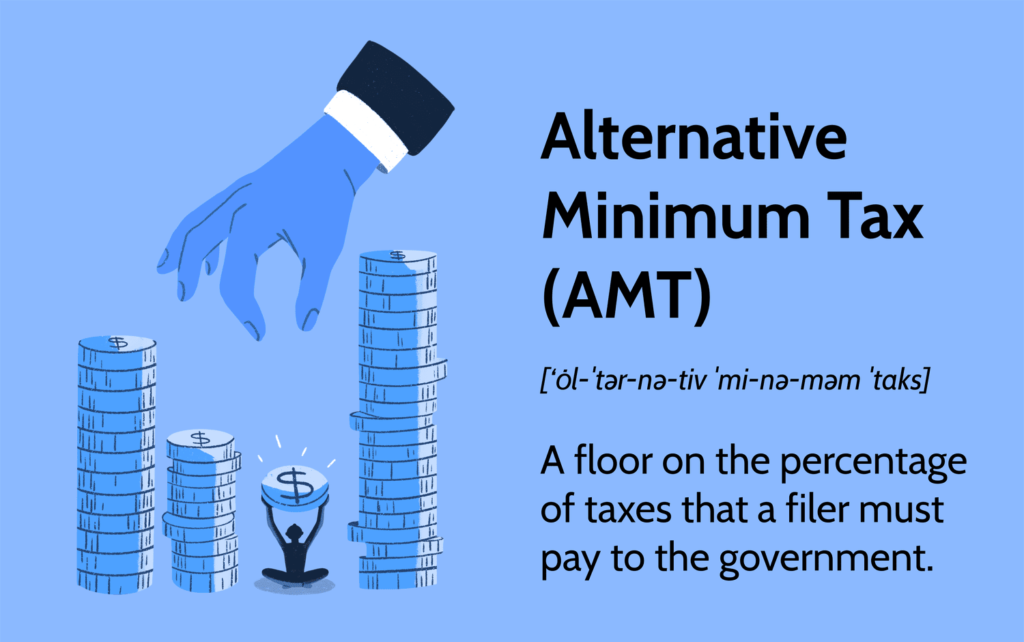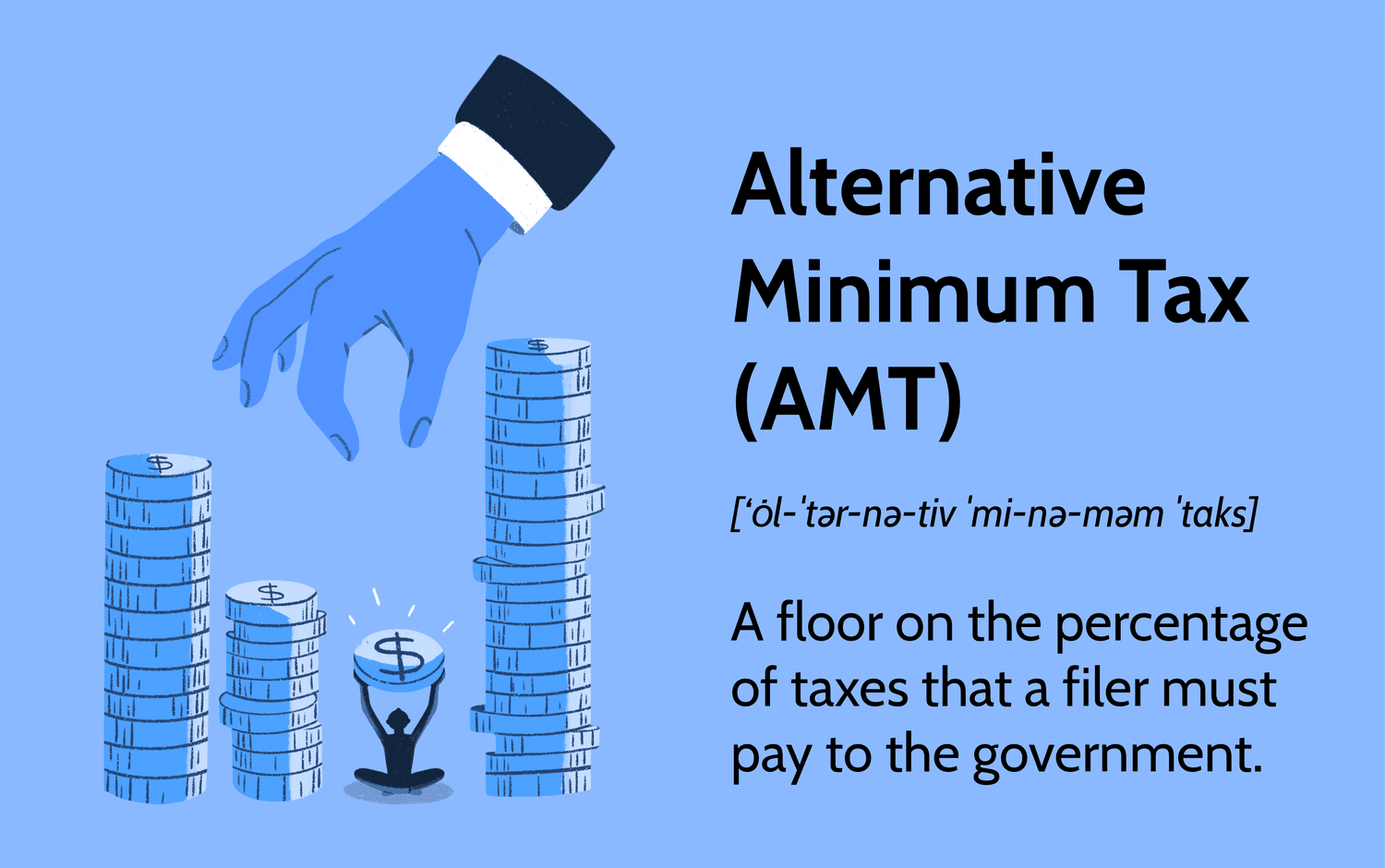Section 115JD of the Income Tax Act deals with the provisions for tax credit on Alternate Minimum Tax (AMT) paid under Section 115JC. The section allows taxpayers to claim credit for the excess AMT paid over the regular income tax payable in any given assessment year. This credit can be carried forward to future years, ensuring that taxpayers are not unfairly burdened when they have to pay AMT.
In this blog, we will explore the key provisions of Section 115JD, how it works, and the conditions under which it applies.

Key Provisions of Section 115JD
1. Tax Credit for AMT (Sub-Section 1)
Under Section 115JD(1), any taxpayer who has paid Alternate Minimum Tax under Section 115JC is eligible to claim credit for the excess amount. This credit is determined by the difference between the AMT paid and the regular income tax payable in that year.
The benefit of this credit is that it allows taxpayers to carry forward the excess AMT and use it to offset future tax liabilities when their regular income tax exceeds AMT.
2. How is the Tax Credit Computed? (Sub-Section 2)
The tax credit for a given assessment year is computed as the excess of AMT paid over the regular income tax payable. This excess amount can be claimed as a tax credit. However, an important proviso exists in this section:
- Proviso: If the taxpayer is eligible for foreign tax credit under Section 90 (agreement with foreign countries), Section 90A (adoption of agreements between specified associations), or Section 91 (countries with no agreements), and this credit exceeds the amount of tax credit admissible against the regular income tax, the excess foreign tax credit will be ignored when calculating AMT credit. This ensures that the benefit of foreign tax credit does not inflate the AMT credit beyond the regular tax credit.
3. No Interest on Tax Credit (Sub-Section 3)
One important aspect to note is that no interest is payable on the tax credit allowed under this section. This means that the taxpayer will not receive any additional interest for carrying forward the AMT credit, unlike some other types of refunds or credits under the Income Tax Act.
4. Carry Forward of Tax Credit (Sub-Sections 4 and 5)
The AMT credit can be carried forward for a maximum of 15 assessment years. This is an essential provision, as it allows taxpayers to use this credit in future years where their regular income tax liability exceeds their AMT.
- If in any future assessment year, the regular income tax payable exceeds the AMT, the tax credit can be set off to the extent of the excess.
- The remaining credit, if any, can be carried forward to subsequent years.
For example, if a taxpayer has an AMT credit of INR 1,00,000 and in a future year, their regular income tax exceeds the AMT by INR 50,000, they can set off INR 50,000 from the tax credit. The remaining INR 50,000 will continue to be carried forward to the next assessment year.
5. Adjustments for Changes in Tax (Sub-Section 6)
If there is any change in the amount of regular income tax or AMT due to an order passed under the Income Tax Act (for example, after an appeal or reassessment), the amount of tax credit allowed under Section 115JD will also be adjusted accordingly.
6. Exclusions from Section 115JD (Sub-Section 7)
Not all taxpayers can benefit from the provisions of Section 115JD. Specifically, it does not apply to individuals or entities that have opted for the concessional tax regimes under:
- Section 115BAC: New tax regime for individuals and Hindu Undivided Families (HUFs), which offers lower tax rates but without the benefit of deductions and exemptions.
- Section 115BAD: New tax regime for cooperative societies, offering a concessional tax rate.
- Section 115BAE: New tax regime for domestic manufacturing companies.
In these cases, taxpayers who opt for the concessional tax regimes will not be eligible to claim AMT credit under Section 115JD.
Benefits of Section 115JD for Taxpayers
The provisions under Section 115JD offer a significant benefit to taxpayers who are subject to AMT. Some key advantages include:
- Reduction of Future Tax Liabilities: The tax credit ensures that taxpayers can reduce their future tax liability in years where their regular income tax exceeds AMT.
- Long-Term Benefit: The ability to carry forward the AMT credit for up to 15 years ensures that taxpayers have plenty of opportunities to utilize the credit.
- Protection Against Double Taxation: The section also ensures that taxpayers are not doubly taxed on their income through the combination of AMT and regular income tax.
FAQs on Section 115JD:
1. What is Alternate Minimum Tax (AMT)? AMT is a tax levied to ensure that taxpayers, especially those who claim various deductions and exemptions, pay at least a minimum amount of tax.
2. Can AMT credit be carried forward? Yes, AMT credit can be carried forward for up to 15 years and used to offset regular income tax in future years.
3. Are all taxpayers eligible for AMT credit under Section 115JD? No, taxpayers who opt for the concessional tax regimes under Section 115BAC, Section 115BAD, or Section 115BAE are not eligible to claim AMT credit under Section 115JD.
4. Is interest payable on the AMT credit? No, Section 115JD(3) specifically states that no interest is payable on the AMT credit allowed.
Conclusion: Maximizing Tax Benefits with AMT Credit
Section 115JD plays a vital role in ensuring that taxpayers who pay AMT are not unfairly burdened by it in the long run. The ability to carry forward and set off the tax credit for up to 15 years provides ample opportunity to reduce future tax liabilities, offering significant relief to those who are subject to the AMT provisions under the Income Tax Act.
However, with the introduction of concessional tax regimes like Section 115BAC and Section 115BAD, taxpayers need to carefully consider whether they would benefit more from the lower tax rates under these regimes or from the AMT credit available under Section 115JD.
If you’re subject to AMT and wondering how to maximize the benefits of the tax credit, consult with a tax professional or financial advisor to ensure you’re making the best decision for your financial situation.
For more insights on tax laws and ways to optimize your tax planning, visit SmartTaxSaver.




